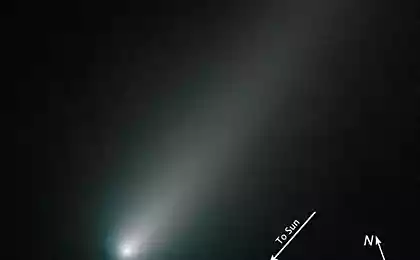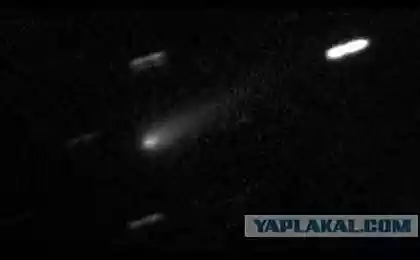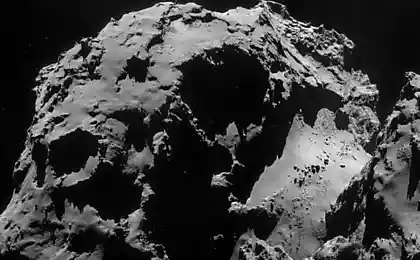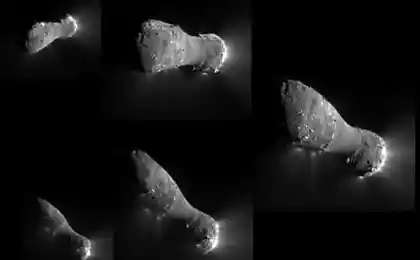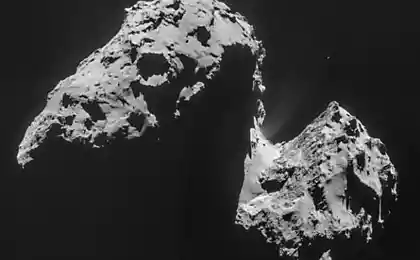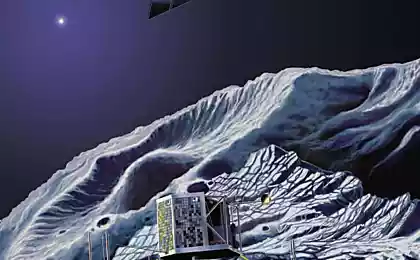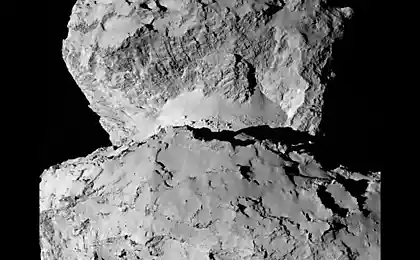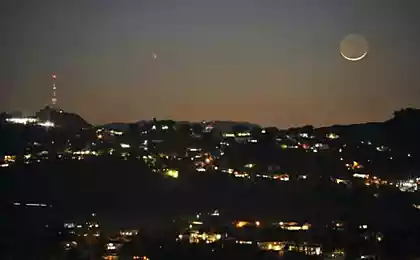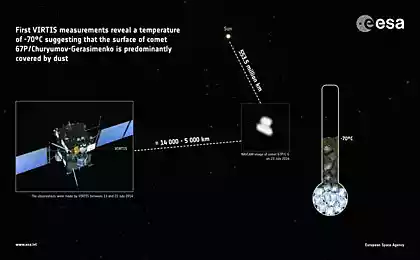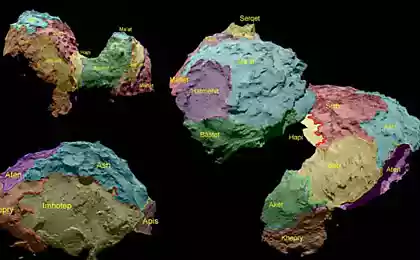370
"Comet of the century" promises the earthlings a rare sight already at the beginning of December
Earthlings will soon see a rare sight, which appears not every generation: it is expected that from December 3, especially in the pre-dawn hours in the Northern hemisphere can be seen with the naked eye a giant glowing tail of the comet Ison. As reported today, the British broadcasting Corporation Bi - bi-si, for researchers the greatest interest is the passage of the comet through the solar corona on November 28. This happens very rarely.
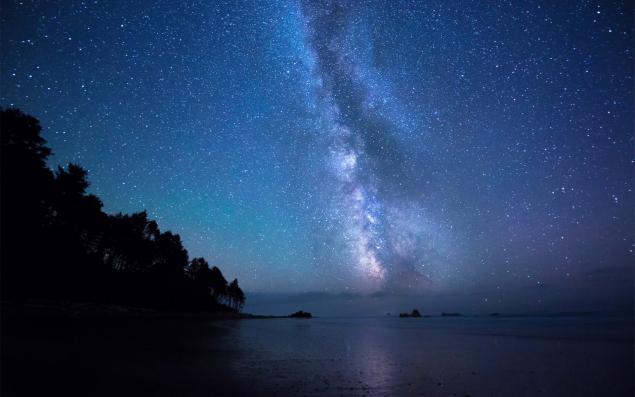
At a certain point, Ison will be only a million kilometers from the Sun's surface — 150 times closer than the Earth. According to astronomers, gravity lights will increase the speed of the comet up to 380 kilometers per second, and the sunlight will warm up the core, which consists of metal and stone, up to 2760 degrees Celsius. In the end, the comet can be seen even during the day.
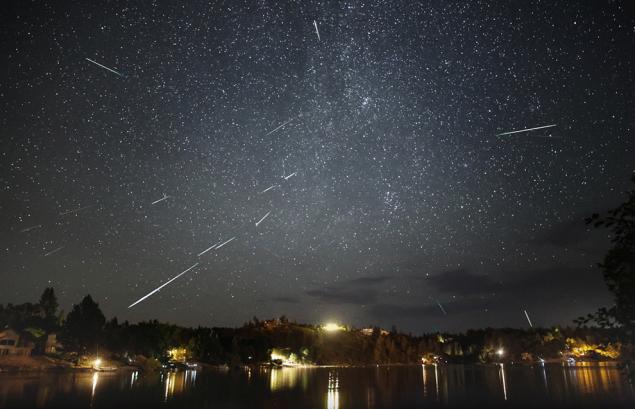
Dr. Matthew knight from the Lowell Observatory in Arizona watching the comet Ison last year, said that there are three possible fates of a space alien. In the first case it will happen the same thing with comet Lovejoy in the fall of 2011. The sun's gravity will tear it apart. According to calculations, the core must be small: less than two kilometers in diameter. The diameter of the nucleus of comet Ison is just about two kilometers, so that it is at risk.
Source: /users/413

At a certain point, Ison will be only a million kilometers from the Sun's surface — 150 times closer than the Earth. According to astronomers, gravity lights will increase the speed of the comet up to 380 kilometers per second, and the sunlight will warm up the core, which consists of metal and stone, up to 2760 degrees Celsius. In the end, the comet can be seen even during the day.

Dr. Matthew knight from the Lowell Observatory in Arizona watching the comet Ison last year, said that there are three possible fates of a space alien. In the first case it will happen the same thing with comet Lovejoy in the fall of 2011. The sun's gravity will tear it apart. According to calculations, the core must be small: less than two kilometers in diameter. The diameter of the nucleus of comet Ison is just about two kilometers, so that it is at risk.
Source: /users/413
The most waterproof material on the Ground were the wings of a butterfly
Titanic: little known facts most famous shipwreck

